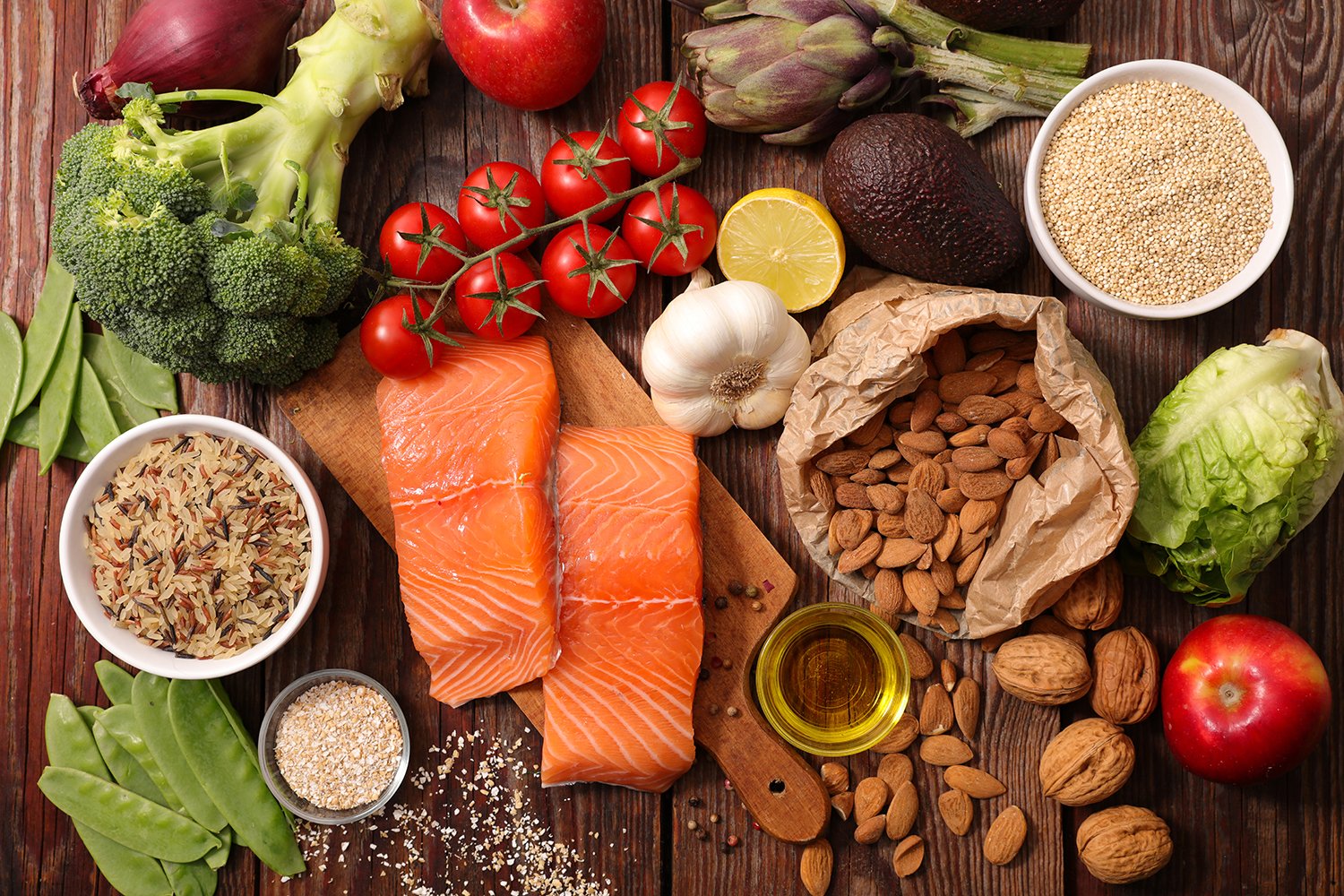Although nutrition alone cannot stop the progression of osteopenia, proper nutrition can support bone health.
Patients often ask, “What can I eat that will help my bones and joints?” or “Are there non-pharmaceutical supplements that can help my arthritis pain?” There is emerging research is showing the impact of dietary habits on arthritis and bone health.
People need to be more conscious of the impact nutrition has on bone and joint health. The concepts that “we are what we eat” and “food is medicine” is true. When our patients ask what they can do to remain healthy and active, we often suggest a better, healthy diet and exercise. Together, these are key elements to a more healthful life.
77% percent of American women ages 65 years or older have osteoarthritis or osteoporosis. Women in this category should alter nutrition for a more healthful diet. Although many times the cause of osteoporosis is genetic, nutritional issues are the preeminent causes of diminished bone density. And, calcium supplementation alone is ineffective as a treatment. Vitamin D supplementation and weight-bearing exercises have been shown to be helpful in slowing bone loss. Medications can also influence the development of osteopenia. Steroids, proton pump inhibitors, and selective serotonin reuptake inhibitors have all been associated with the development of osteopenia.
There are a multitude of options for nutritional support for bones. Although a good diet alone cannot stop the progression of osteopenia, proper nutrition can support bone health. Adding nutrients during years when bones are forming can slow the progression of osteoporosis. The mantra of “eat the rainbow” may apply for bone and joint health. Oranges, peppers, and pumpkins contain carotenoids that may reduce inflammation in people with arthritis and facilitate vitamin D absorption. A minimum of five to six servings per day is recommended for optimal health. There is also significant evidence that consuming oily fish, the major provider of omega-3 fatty acids, can reduce risk of heart disease, and there is increasing support for the theory that it reduces inflammation. Specifically, it may reduce inflammation that may be a factor in the damage caused by inflammatory diseases such as rheumatoid arthritis. Similarly, there is evidence that unhealthy fats such as hydrogenated oils and fried food cause chronic inflammation, pain, and arthritis.
Exercise, too, is a key aspect of preventing and slowing osteoporosis. Specifically, weight-bearing exercises such as walking, running, and weight-lifting are key in slowing calcium loss from bones.
Calcium supplementation is still somewhat controversial. For most males, additional calcium supplementation is not needed. For females, the recommended dosage is 1,200 mg per day. Specifically, young girls and postmenopausal women tend to have low calcium intake. Good sources of dietary calcium include dark, leafy greens; sesame tahini; oily fish with bones; and certain vegetables, such as artichokes and squash.
A range of other supplements can be useful in reducing and preventing osteoarthritis pain. Turmeric, curcumin and boswellia are great for anti-inflammatory help. Turmeric and curcumin have each been used to reduce pain. And, boswellia when used for four weeks significantly reduces joint pain and stiffness and improved joint function.
Finally, there is a large body of evidence behind the theory that obesity is a major contributor to arthritis. Losing weight, if necessary, can reduce discomfort and prolong the life of weight-bearing joints. If obesity is a concern, weight loss should be achieved safely and sustainably, in a manner that supports increasing muscle while burning fat
Dietary and exercise changes and supplements can modify pain and symptoms of arthritis. Additionally, an anti-inflammatory diet can help reduce pain caused by arthritis. So, food really is medicine, especially true if you from an orthopedic condition and find relief by practicing good dietary and exercise habits.
Source: Excerpted from www.aaos.org/aaosnow/2022









